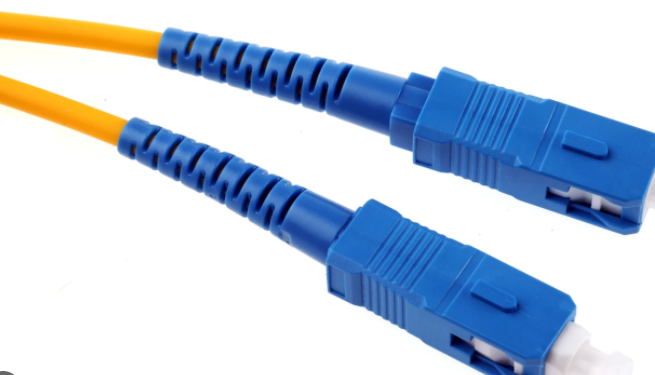Oufu Optical Fiber Cable Co.,Ltd
Address: Shenyang, Liaoning, China
Contact person: Manager Zhang
Phone: 400-964-1314
Mobile phone: +86 13904053308
【whatsapp && wechat】
2024-08-21 1331

Part 1: SC Fiber Installation Basics
1.1 Understanding the Components
Before diving into installation, it's crucial to familiarize yourself with the essential components of an SC fiber system. This includes SC connectors, fiber optic cables, patch panels, splice enclosures, and fiber optic testers. Each component plays a vital role in ensuring the integrity and performance of your fiber optic network.
1.2 Preparing the Workspace
A clean, organized workspace is essential for successful SC fiber installation. Ensure that the area is free from dust, debris, and electromagnetic interference. Use dust-free cloths and compressed air to clean the work surface and protect your equipment from contamination.
1.3 Terminating Fiber Optic Cables
Properly terminating fiber optic cables with SC connectors is crucial for low insertion loss and reliable connections. Follow the manufacturer's instructions carefully when stripping the cable jacket, cleaning the fiber, and inserting it into the connector ferrule. Use a fiber optic cleaver to create a clean, perpendicular end face on the fiber.
1.4 Installing SC Connectors
www.adsscable.cn
Once the fiber is terminated, install the SC connector by aligning the fiber with the ferrule and crimping or epoxying the connector in place. Ensure that the connector is securely attached and the fiber is properly aligned. Use a visual fault locator or optical time-domain reflectometer (OTDR) to test the connection for any defects or loss.
Part 2: Building Your Fiber Optic System
2.1 Planning Your Network Layout
Before beginning the physical installation, plan your network layout carefully. Consider factors such as cable length, bend radius, and connector placement to minimize signal loss and ensure efficient data transmission.
2.2 Routing and Securing Cableswww.adsscable.cn
Route your fiber optic cables along the planned path, using cable ties, brackets, or conduit systems to secure them in place. Ensure that the cables are not subjected to excessive tension or sharp bends, which can damage the fibers and degrade signal quality.
2.3 Patching and Connecting
Connect your SC connectors to patch panels, splice enclosures, or other fiber optic devices using patch cables or jumpers. Use precision tools and techniques to ensure that the connections are tight and secure, minimizing the risk of accidental disconnection or signal loss.
Part 3: Maintaining Your Fiber Optic System
3.1 Regular Inspections
Regularly inspect your fiber optic system for any signs of wear, damage, or contamination. Use a visual inspection tool or microscope to examine connector end faces for scratches, dirt, or other defects. Clean the end faces as needed using alcohol-based wipes or specialized cleaning kits.
3.2 Performance Monitoring
Monitor the performance of your fiber optic system using fiber optic testers, such as OTDRs or power meters. These tools can help you identify any areas of high loss or attenuation, allowing you to take corrective action before problems escalate.
3.3 Troubleshooting and Repair
If you encounter any issues with your fiber optic system, troubleshoot the problem systematically. Use fiber optic testers to locate the source of the problem, then take appropriate steps to repair or replace damaged components. Always follow industry best practices and safety guidelines when working with fiber optic equipment.
Conclusion
SC Fiber Installation and Maintenance is a critical aspect of maintaining a reliable and efficient fiber optic communication system. By following the steps outlined in this tutorial, you can confidently build and maintain your fiber optic network, ensuring that your data is transmitted quickly and securely. Remember to stay up-to-date with the latest industry trends and best practices, as technology continues to evolve and improve.